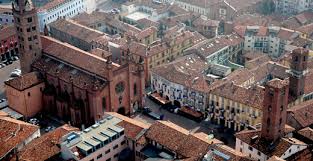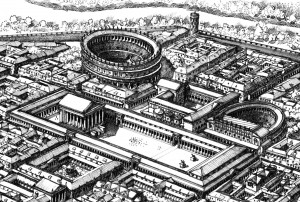

The history of the city of Alba is very long: 8000 years have passed since the Neolithic Age, when the first men decided to stay in these places to create the prehistoric village which will survive, with different forms depending on the epoch, until the arrival of Romans. The meeting with the Roman state will produce epochal changes within the city: in 89 b.C Alba obtained the citizenship under Latin law and took the name of Alba Pompeiana, radically transformed. After the fall of the Roman Empire we assist to the arrival of new populations, like that of Lombard, and to the appearance of the first churches. In the following centuries, Alba reached its maximum glory and, after some vicissitudes, it was able to proclaim itself Free City.

At this stage, the city took on that characteristic appearance which still distinguishes the city centre: the typical alleys, high towers and aristocratic palaces made Alba a typical medieval city. During the Renaissance, Alba lost its status of independent city and passed under of different dominations to get definitively under the control of the Savoy. In the XIX century the city became the theatre of new transformations: the intervention of the architect Brusca transformed some squares into real salons with a neoclassical taste, a style well recognised in the façade of the city theatre.
Alba is a city full of history whose beauty can be tasted walking in the streets of the city centre and visiting the main cultural institutions. If you want to know what our city offer, click here on the following categories: each page you will reveal a fascinating suggestion of the city!
